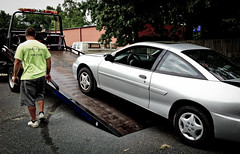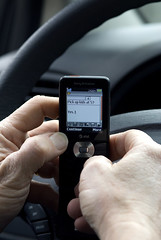 From the Free-is-Good Department
From the Free-is-Good Department
Mercury Insurance now includes automatic Roadside Assistance Coverage to all policy holders at no charge.
Roadside Assistance Coverage is provided up to a limit of $75 for each occurrence for vehicles with Collision coverage and includes the following services: Towing, Locksmith Services, Jump-Start, Flat Tire, Fuel and Fluid delivery. They do limit the coverage to 5 occurrences per policy period.
For more information, just call us.

 This group, the “young invincibles”, have for a very long time been one group that was most averse to health coverage. That apparently has changed, as the attached article point out. Perhaps as a result of awareness from the administration’s reform efforts? One of the big problems with making health coverage has always been the healthy people. It takes healthy people paying into the system “just in case” to spread the cost of health coverage out.
This group, the “young invincibles”, have for a very long time been one group that was most averse to health coverage. That apparently has changed, as the attached article point out. Perhaps as a result of awareness from the administration’s reform efforts? One of the big problems with making health coverage has always been the healthy people. It takes healthy people paying into the system “just in case” to spread the cost of health coverage out.